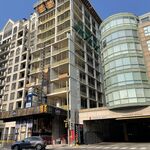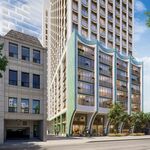To service the airport in Phase I, we intended for travellers to use Blue 22 or GO. We made sure for Eglinton to connect to that line. That was the line of thought. Is it absolutely vital to have a subway connection to the airport vs. deploying the dollars to develop subways elsewhere early on?
IMO, Airport connection is the only justification for Eglinton subway.
If the subway runs just Jane to Don Mills, it has no operational advantages over Crosstown LRT. It won't be any faster than LRT, since that portion of LRT would be tunneled anyway. Higher capacity of the subway will not matter, since the ridership level of the short subway will not be greater than what LRT can handle. On the other hand, short subway would impose unnecessary transfers at Jane and Don Mills.
Connection to GO Pearson would help, but unfortunately GO Pearson does not look like near future. Blue 22 would be too expensive for many non-business travelers (and it is likely that Blue 22 consortium will seek to prevent or delay any parallel GO service through some clauses in their contract).
The only advantage of Jane - Don Mills subway would be that it is easy to expand further. But given the uncertain state of transit capital funding, this advantage won't be very appealing to decision-makers.
In contrast, if the Eglinton subway connects to the Airport, Spadina subway, and Yonge subway from the onset, it will be able to capture a significant portion of Airport trips: from downtown, York U, parts of North York via Spadina line; any locations near Yonge; buses running to Yonge. The artificial transfer at Don Mills would still be a nuisance, but at least it is one transfer not two.




